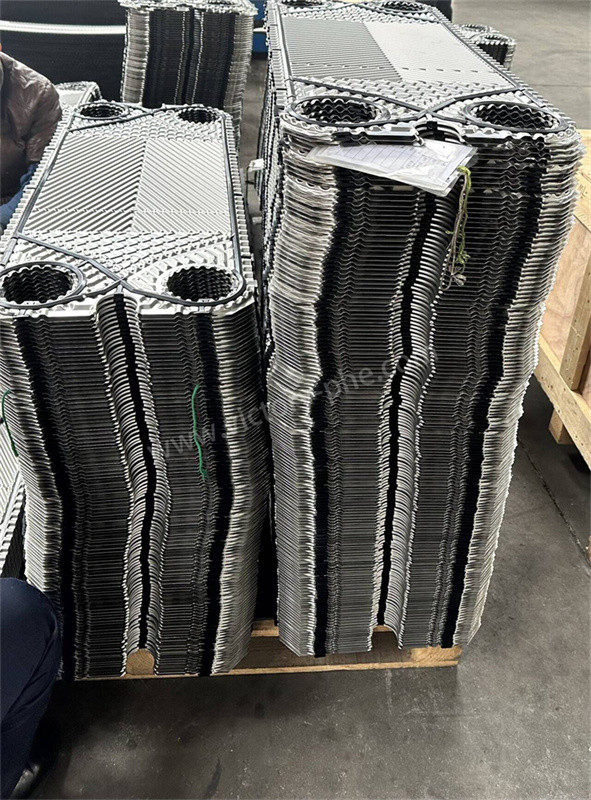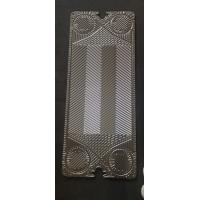| Sign In | Join Free | My himfr.com |
|
| Sign In | Join Free | My himfr.com |
|
| Ask Lasest Price | |
| Brand Name : | APV/SPX |
| Model Number : | H17、N35、N50、J060、J092、J107、J185、B063、A055、A085、Q080 Q030、Q055、R8G1、A145、TR9L4、TR9L3、TR9L2、TR9L1、SR14GD |
| Certification : | ISO SGS |
| Price : | 50 - 500pieces $20-$30 |
| Payment Terms : | T/T, L/C, Western Union, |
| Supply Ability : | 50000pcs per month |
| Delivery Time : | 15 days |
Product Description
Stainless Steel And Titanium APV SPX Heat Exchanger Plate For High Thermal Conductivity
APV/SPX Heat Exchanger Plates
Products are mainly suitable for /ACCESSEN/GEA (Kelvion)/ APV/ Sondex/ Tranter/ Hisaka/ API/ Funke/ Vicarb/ Mueller/ SWEP/ Fischer/ AGC/ Thermalwave/ ITT/ LHE/ DHP, etc.
| Brand | Model |
APV/SPX | H17,N35,N50,J060,J092,J107,J185,B063,A055,A085,Q080 Q030,Q055,R8G1,A145,TR9L4,TR9L3,TR9L2,TR9L1,SR14GD H17,N35,N50,J060,J092,J107,J185,B063,A055,A085,Q080 Q030,Q055,R8G1,A145,TR9L4,TR9L3,TR9L2,TR9L1,SR14GD |
| Material | Specification |
| Stainless Steel | SUS304 316 316L 310S 904 |
| Titanium and titanium-palladium alloy | TAi TAi-Pd |
| Hastelloy | C276 D205 B2G |
| Nickel | Ni200 Ni201 |
| Molybdenum | 254 |
Applacations
| Plate material | Suitable for fluids |
| Stainless steel (SUS304.316, etc.) | Purified water, river water, edible oil, mineral oil |
| Titanium and titanium palladium (Ti, Ti-Pd) | Sea water, salt water, salt compounds |
| 20Cr,18Ni,6Mo(254SMO) | Dilute sulfuric acid, dilute salt aqueous solution, inorganic aqueous solution |
| Nickel (Ni) | High temperature, high concentration caustic soda |
| HASTELLOY alloy (C276, D205, B2G) | Concentrated sulfuric acid, hydrochloric acid, phosphoric acid |
Production Process:
Operating Principle:



|




